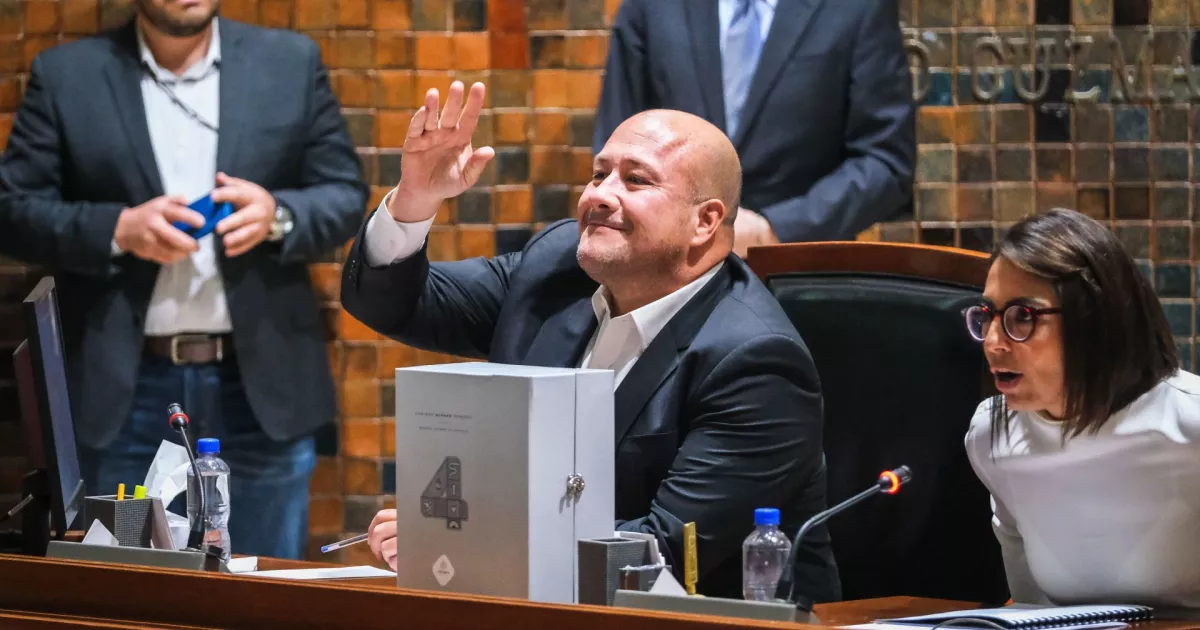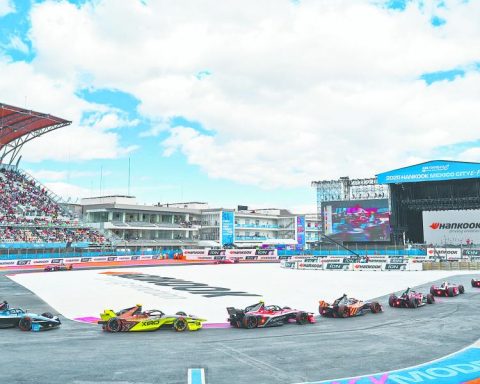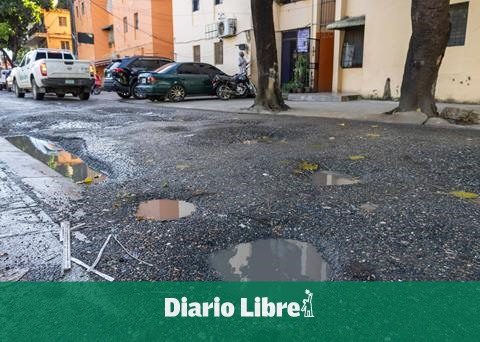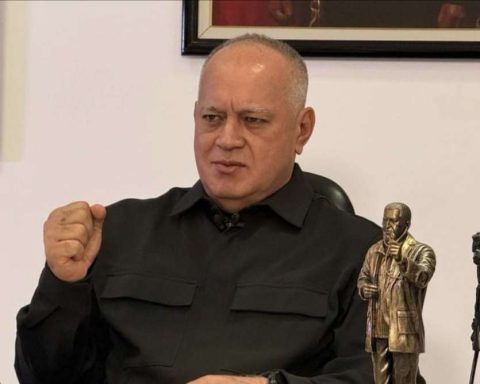“There is no proposal for new taxes coming, nor are we currently considering the exit of Jalisco from the pact or from the fiscal model,” said the emecist.
He recalled that the national fiscal coordination system, created between 1978 and 1980, implied the disappearance of 548 local taxes and 14 federal taxes.
To compensate for the reduction in local income, a General Participation Fund was created, from which resources are distributed to the states and with this they are compensated for the loss of income for having ceded tax powers to the Federation.
But today the funds end up being distributed among the entities by the population percentage component with respect to the national, and does not meet the objectives of meeting collection efforts and encouraging economic growth, Alfaro explained.
“This exercise is not a request from the governors to the Federation to ‘reach out’. We want errors and distortions in the distribution of the resources collected to the states to be corrected. The current model is over 40 years old,” he stated.
“We don’t want –he warned- to take money from the poorest states. We want the Federation to stop ripping off the money of all Mexicans.”
“If the current scheme and its laws are not modified, Jalisco would not have to continue with a Fiscal Pact model that does not suit it,” he said.
The proposal seeks to modify the formula for the distribution of these resources, “isolate the population criteria” from the other two components and give more space to the objectives of economic growth and tax collection.
As it is today, the distribution mechanism does not suit Jalisco nor does it compensate for its efforts, which is why a “legitimate defense of the interests of our state” is sought, but without neglecting entities that need them most.
The issue was the subject of consultation in the entity, in which almost half a million Jalisco citizens participated and that resulted in a set of documents, which were sent to the local Congress and whose result will be presented to the Ministry of Finance.
The approach seeks that in this new model the states that benefit the most are not only the entities that need the most resources, but also those that promote collection efficiency and strengthen administrative collaboration ties between all levels of government.
Thus, the four instruments sent to Congress are: updated diagnosis of the fiscal coordination policy; the terms of a new adhesion agreement of Jalisco to the National Fiscal Coordination System (SNCF); a conceptual proposal for a new administrative collaboration agreement in tax matters between Jalisco and the SHCP and an initiative for the creation of the State Tax System.
The proposal for a new fiscal pact provides for the revision of the Fiscal Coordination Law and the participation in federal income; of federal contribution funds and administrative collaboration in federal fiscal matters, while the new agreement of adherence to the SNC with the VAT Law; the Income Tax Law and the IEPS Law.
Among the proposed corrections to the Fiscal Coordination System are building a fairer model for states and municipalities, gradually increasing the percentage of Participable Federal Revenue (RFP) that makes up the General Participation Fund (FGP) and the Municipal Development Fund (FFM). ).
Include in this fund the income obtained from the Special Tax on Production and Services (IEPS) for beverages and tobacco from products that are currently excluded but must be incorporated, such as food with a high caloric content and energy drinks and flavorings.
In addition, regarding the IEPS for gasoline and diesel gasoline, the states are not consulted about the increase in subsidies, which causes the resources of the fund to be distributed to fall. In addition, gasoline with an octane rating of less than 91 and diesel or other formulas are included.
The General Coordinator of Strategic Analysis, Abigail Rizo de la Torre, explained that although contributions to the state increase annually, “in percentage terms, they represent less and less of the total federal budget.”
In 2005, for example, “Branch 28, which are the participations, represented approximately 19.2 percent of the federal budget, and by 2022 it represented 18.7 percent. So even though nominally the participations grow, percentagewise they are stagnant”, which harms the state.















